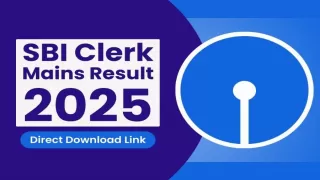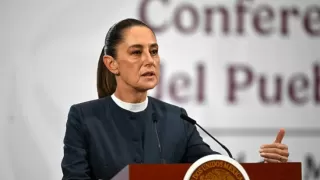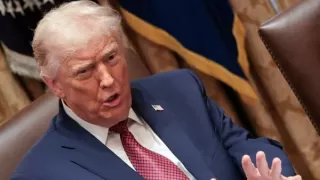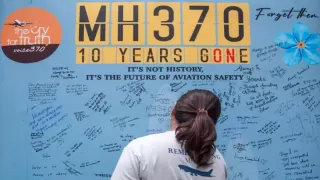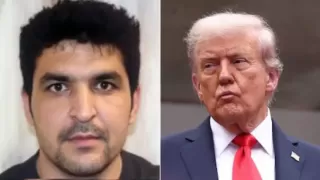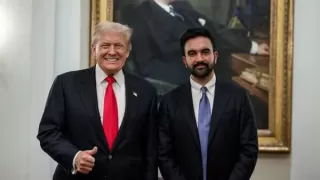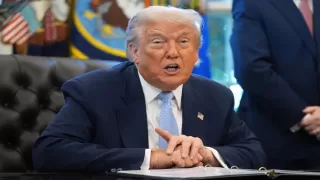The United States is once again plunged into uncertainty as a government shutdown begins, following President Donald Trump and Congress's inability to agree on funding before Wednesday’s (October 1, 2025) deadline. This marks the third federal funding lapse under Trump’s leadership since his return to the White House this year, highlighting a deeply polarised political landscape.
Approximately 750,000 federal employees are expected to be furloughed, with some potentially facing termination. Numerous government offices could close permanently as the administration pushes forward with controversial policies. Essential services, including education, environmental programs, and public benefits, are anticipated to slow down, while economic ripples may spread nationwide.
Trump commented before the deadline, stating, 'We don’t want it to shut down,' yet despite private meetings with congressional leaders, no compromise emerged. The deadlock reflects a political climate increasingly rewarding hardline stances over traditional negotiation.
Democrats, Republicans, and the Health Care Battle
The shutdown comes amid a heated standoff over expiring health care subsidies under the Affordable Care Act. Democrats, unusual in taking such a hardline stance, are pushing for continued funding to prevent insurance premiums from spiking for millions of Americans. Republicans, meanwhile, have largely refused to negotiate and have encouraged the President to maintain a firm position.
Following a White House meeting, Trump posted a controversial video mocking Democratic leaders, which was widely criticised as unserious and offensive. With neither side finding an easy exit strategy, Americans relying on government programs are facing immediate uncertainty.
Economic Consequences and Public Impact
Former White House budget official Rachel Snyderman warned, 'What the government spends money on is a demonstration of our country’s priorities. Shutdowns only inflict economic cost, fear, and confusion across the country.' The government’s monthly jobs report, expected on Friday (October 3, 2025), may face delays, adding to economic uncertainty.
While past shutdowns saw minimal financial market reactions, analysts at Goldman Sachs suggest this closure could be different due to the lack of ongoing negotiations. Agencies are preparing for not only furloughs but potential mass firings, part of the Trump administration’s broader mission to streamline government operations.
Federal Services During the Shutdown
Programs such as Medicare and Medicaid are expected to continue, though staff shortages could create delays. The Pentagon will remain operational, and most Department of Homeland Security employees will stay on the job. However, Trump has indicated that programs favoured by Democrats could face cuts, intensifying political tensions.
Smithsonian museums may remain open temporarily, while former national park officials are urging closures to prevent public safety risks. Both House and Senate proposals to fund the government temporarily have failed, as Democrats leverage their votes to negotiate for health care funding.
Political Fallout and Historical Context
The shutdown presents a political test for Senate Democratic leader Chuck Schumer, facing pressure from progressive voters to hold firm on health care demands. House Speaker Mike Johnson blamed Democrats for the standoff, warning of widespread harm to federal employees.
Trump’s first term saw the longest shutdown in U.S. history at 35 days over border wall funding disputes. Previous shutdowns, including the 16-day 2013 closure under President Obama, similarly left millions affected. History suggests that prolonged gridlock could have serious social and economic consequences.
As negotiations stall, Americans are left watching closely. The shutdown underscores the growing divide in U.S. politics and highlights the fragility of government operations in times of partisan conflict. While both parties prepare for further votes and discussions, the immediate concern is the uncertainty and disruption faced by millions nationwide.
Also Read: Top 10 Richest Companies in the World 2025 – Market Cap

















